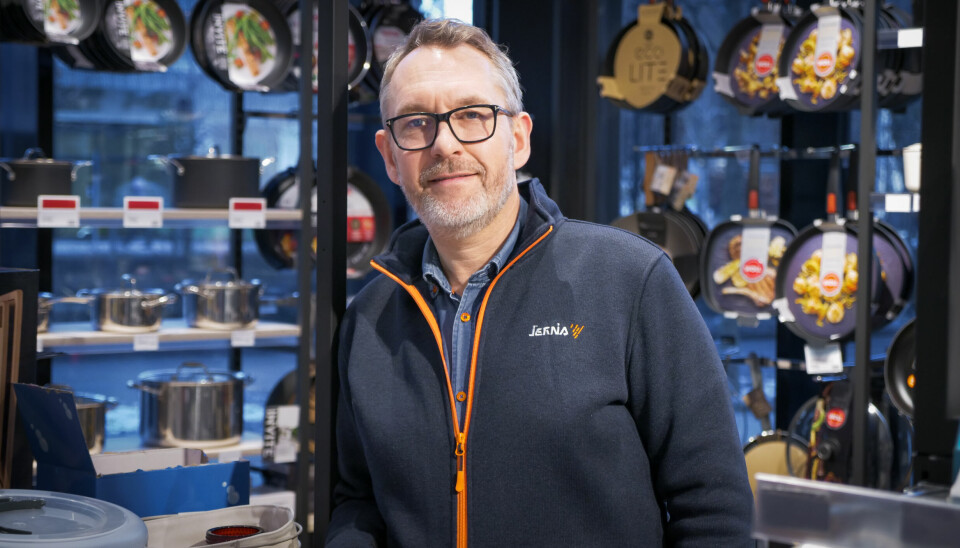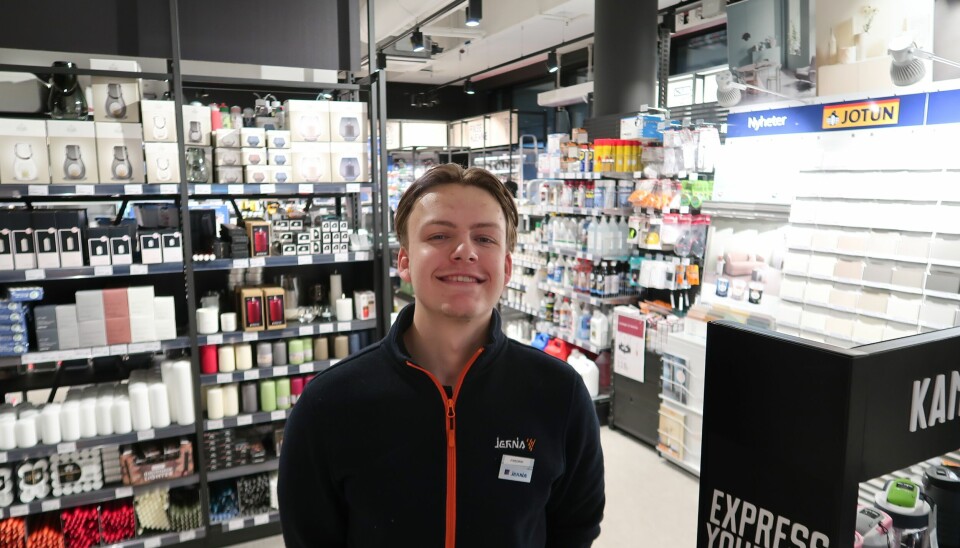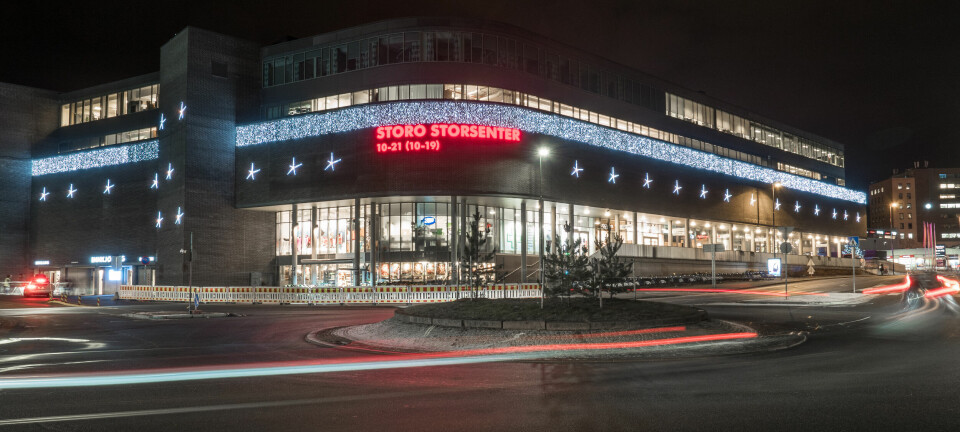Jernia builds a culture:

– Crucial to have service as an integrated part of the shop’s business
– Better customer service gives us a greater market share through increased customer traffic, says CEO Espen Karlsen at Jernia. The chain systematically works to respond to the factors that are the key to building customer loyalty.
Jernia has seen a very positive development in recent years. Losses have been turned to profits, and their top line grew by over 25 percent in 2020.
They are also among the chains that have received the most positive attention for their environmental efforts. The chain has taken a number of concrete environmental measures for which they have received considerable recognition, also among customers.
In just one short year, Jernia has used Maze to receive systematic feedback from customers, and they have already seen the impact. CEO Espen Karlsen tells Retailmagasinet that they gain two benefits by using the tool:
– Maze has given us a different way to work. We get answers to the factors that we view as important to building customer loyalty. We improve our customer experience and satisfaction and can conduct training in each individual store instead of training the entire chain for the same factors.
Jernia has 135 shops. A selection of customers who belong to Jernia’s customer club receive questions about various factors in their experience after visiting the shop. The factors vary from shop to shop, which allows for training adapted to each individual shop.
– That way, we can train for what the relevant shop needs to work on. The system is easy to use, and it works. We can carry out systematic training and even out the variation between shops, Karlsen emphasises.
He refers to the Reminder Effect. The customer feedback reminds shop employees what they should work on. Behaviours thus change over time.
Building culture
The service level is measured against what is defined as a standard level at the chain level. The goal is to get the Net Promoter Score (NPS) up to a desired level.
The head of Jernia says that the chain is building its culture through its dynamic training, a culture of continuous improvement in which employees take ownership of the customer experience and the process of improving it.
– How we provide service to our customers is a central element of the culture. That’s why it’s important to develop the skills of each individual employee. Customer satisfaction is completely essential to success over time. It is crucial to have service as an integrated part of the shop’s business, says Karlsen.
While Maze contributes to developing its culture, as well as addressing customer satisfaction and the external perspective, Jernia uses another tool for teaching and providing information. Karlsen notes that the two tools complement each other well.
Internal competition
Even before they started using Maze, Jernia had a culture centred on the customer experience, but there has been a positive development.
Espen Karlsen notes that you can define which other shops in the chain you wish to compare yourself with, thereby creating competition.
Particularly at the shop manager level. With a tool, the conditions are in place for the shops to challenge each other.
– That raises the bar. That has clearly been our experience since we started using the tool, he says.
Profitable
Karlsen says that while using the system costs money, they view it as a profitable investment.
– It’s not too easy to measure the extent to which everyday training affects revenue in hard numbers. In retail, we’ve been too careful to count pennies and pounds on customer satisfaction.
But we see that customer satisfaction is improving, and that’s the most important KPI of all. Helping the customer is a critical element for us to achieve the goals in our strategy. Satisfied customers become loyal ones and come back again, that has been scientifically proven. Better customer service gives us a greater market share through increased customer traffic, concludes Espen Karlsen.

Employees are positive – “We’ve got to handle getting some feedback”
The employees at Jernia have received Maze warmly. Fredrik Rørstad is a shop employee at Jernia Bispevika also feels it is positive to get continuous customer feedback:
That lets us see where we have the potential to improve, and what we need to work on. That makes us feel seen, as we’re the people who work in the shop. We want to listen to the customers and understand them, so that we can improve. For example, they receive feedback on whether the shop is tidy, and how quickly we give the customer service.
Rørstad sees no downsides to being assessed.
– We have to accept negative feedback. We’ve got to handle some pressure. We can’t pick up on everything that is happening at the shop at all times. It’s an advantage to know if there are customers who aren’t satisfied, says Rørstad.


































